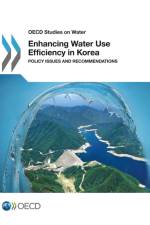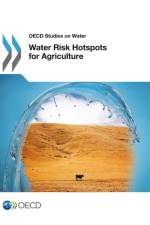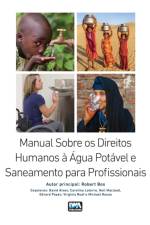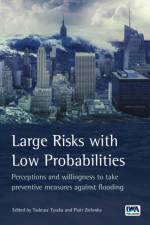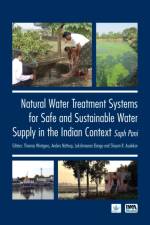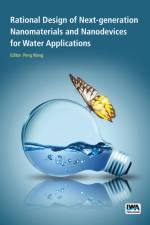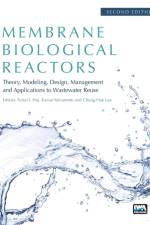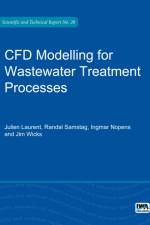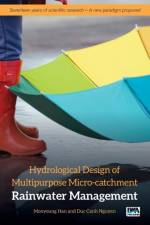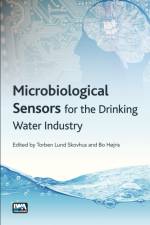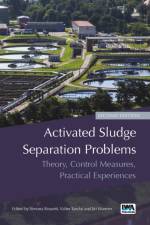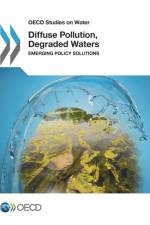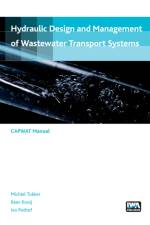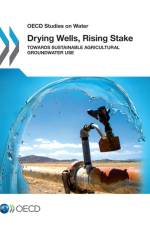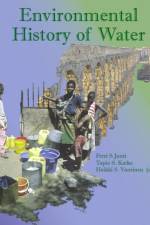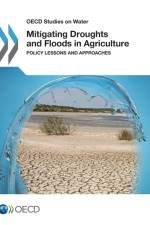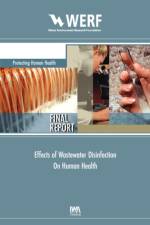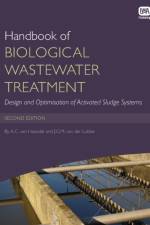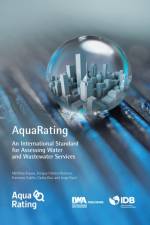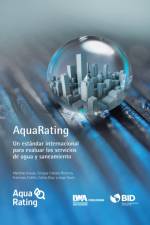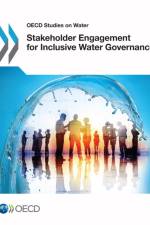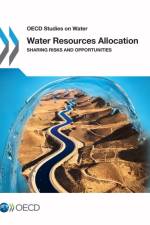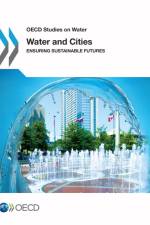- Un estandar internacional para evaluar los servicios de agua y alcantarillado saneamiento
av Matthias Krause, Jorge Ducci, Enrique Cabrera Jr, m.fl.
2 765
The Inter-American Development Bank (IDB), in cooperation with the International Water Association (IWA), has developed a rating system that assesses the performance of water and sanitation service providers in a comprehensive way. AquaRating: Un estndar internacional para evaluar los servicios de agua y saneamiento aims to provide an industry standard for utilities. The innovative rating system seeks the improvement of the service delivered by means of a rigorous and systematic assessment.AquaRating comprises more than 100 assessment elements organized in eight rating areas: Service Quality, Efficiency in the Planning and Execution of Investments, Operating Efficiency, Business Management Efficiency, Financial Sustainability, Access to Service, Corporate Governance, Environmental Sustainability. Each of the assessment elements and consecutively rating areas is assigned a rating (from 0 to 100), which in turn are aggregated into a single rating for the utility. Assessment elements consist of qualitative good practices and quantitative indicators. The total compliance with practices and achievement of the most demanding indicators levels means delivery of an excellent service and, therefore, awards a maximum rating of 100 points.AquaRating takes into account the quality of the information supporting the ratings results by correcting the rating for the reliability level of such information. The rating results are certifiable thanks to an independent audit of the supporting information.The expected benefits of the system are manifold: Utilities- Identify areas of improvement, receive guidance and monitor progress over time.- Obtain an external and credible performance rating, which contributes to foster reputation, accountability and acceptance by key stakeholders, gain access to new markets and finance, and attract qualified staff.- Get access to a knowledge and assessment framework that fosters continuous learning. Governments, regulators and development agencies- Use the system to stimulate utilities to maintain or improve their performance and to target technical assistance and finance according to the specific opportunities for improvement identified. Consumers- Obtain better services in terms of access, quality, efficiency, sustainability and transparency.

